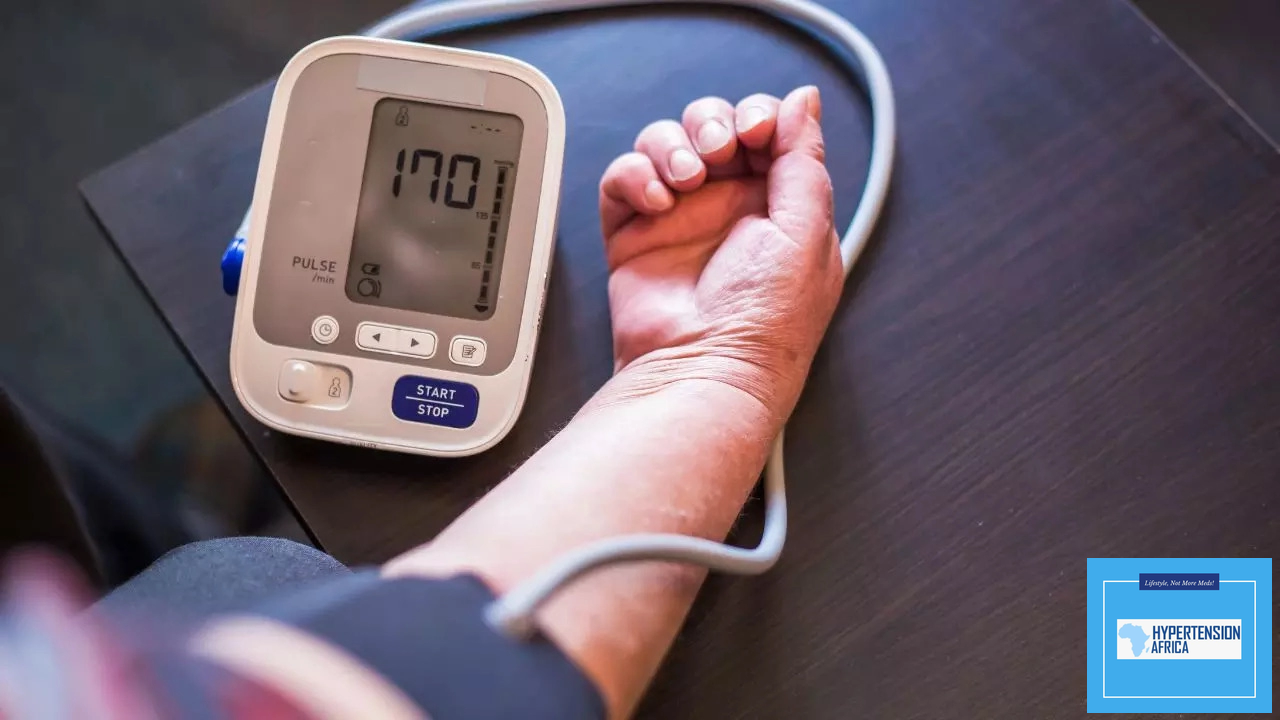Perhaps you should arm yourself with this information. A recent study in JAMA Internal Medicine found that the location of your arm can dramatically raise your blood pressure measurements. Therefore, you might not want to leave anything dangling when taking your blood pressure, such as your arm hanging by your side. Additionally, you might not want to lap things up, which is to say, put your arm on your lap. Blood pressure measurements from any position can be inaccurate, even to the point where you may believe you have hypertension when you don’t.
The American Heart Association recommends that you take you to measure your blood pressure while you “sit in an upright position with back supported, feet flat on the floor and your arm supported at heart level.” Your arm should be bare with the blood pressure cuff touching your skin. Wearing so many jackets so that you look like the Michelin Man, could affect the readings. The cuff should not cross your elbow but instead, the bottom of it should be positioned right above the bend of your elbow. Don’t participate in a stressful or strenuous activity—like exercising, having sex, or telling your significant other, “You’re overreacting”— right before the measurement. Instead, relax for around five minutes beforehand. The AHA specifically recommends, “Resist the urge to talk or look at a cellphone” because who knows what little box of fun will tell you next.
A group of researchers from the Bloomberg School of Public Health and John Hopkins School of Medicine gathered 133 study participants and randomly assigned them to take their blood pressure while their arms were hanging by their sides, balanced on a desk, and resting in their laps. Blood pressure readings were taken while the subjects were still seated in each instance. They all emptied their bladders before the measurements because it could be stressful to think, “I have to pee, I have to pee, oh my, do I have to pee?”
READ ALSO: Obesity linked to increased cardiovascular risks in Middle Eastern women
They had each participant walk for two minutes and then sit for five minutes with their feet and back supported, simulating the participants going to the clinic to have their blood pressure checked. Then, using the participant’s arm in a specific position, they took three consecutive blood pressure readings, pausing between each one for 30 seconds. The participant walked once more for two minutes after finishing all three measurements in one position. They then rested for five minutes before moving on to the next arm position.
Naturally, unless you are a robot, in which case you would have had other symptoms, your blood pressure can fluctuate greatly throughout the day, even minute by minute. Each participant completed a fourth set of three blood pressure readings with their arm once more supported on a desk to account for this fluctuation. This made it possible for the researchers to account for variations in blood pressure over time in their studies.
The average systolic and diastolic blood pressure readings from the lap positions were 3.9 and 4.0 mmHg higher, respectively than the desk-supported readings. The difference between the desk-supported readings and the arm dangling by the side increased to 4.4 mmHg and 6.5 mmHg, respectively.
This underlined how crucial it is to take blood pressure readings according to the guidelines. Numerous research that contributed to the establishment of links between elevated blood pressure and the likelihood of heart attacks, strokes, and other forms of cardiovascular illness used standardized blood pressure measurements that adhered to established practices. Therefore, it is assumed that you are taking your blood pressure in the same way as the standards that specify where your blood should be. If you don’t, you might not understand the blood pressure thresholds for certain hazards.
Now, you might reply, “Wait a minute,” and mention that the last time you visited a clinic or hospital, the staff did not properly take your blood pressure. That might be accurate. And it might be an issue if that’s the case. It’s possible that healthcare systems’ staff members lack the time, tools, and possibly even the training necessary to take accurate blood pressure readings. There may be an incentive to perform tasks, like taking blood pressure, more quickly if, for instance, there is pressure to move more and more patients through a clinic.
This is just one more instance of how the healthcare system wastes time due to hurry. You don’t want to think you have hypertension, but you also don’t want to miss out on receiving the right treatment for your high blood pressure. This could result in needless anxiety, tests, medical appointments, and prescription drugs. And you can experience a great deal of financial, emotional, and mental strain as a result.

